Crop health management is essential as a component of crop management to secure harvested yield. Genetic improvement of crops, whether by GM or conventional methods, is only one of many methods that can improve crop performance. Others include improvements in farm practices, irrigation and drainage, and herbicide, pesticide, and fertilizer use. Better food storage and transportation to reduce waste can also play a role in securing a reliable food supply.
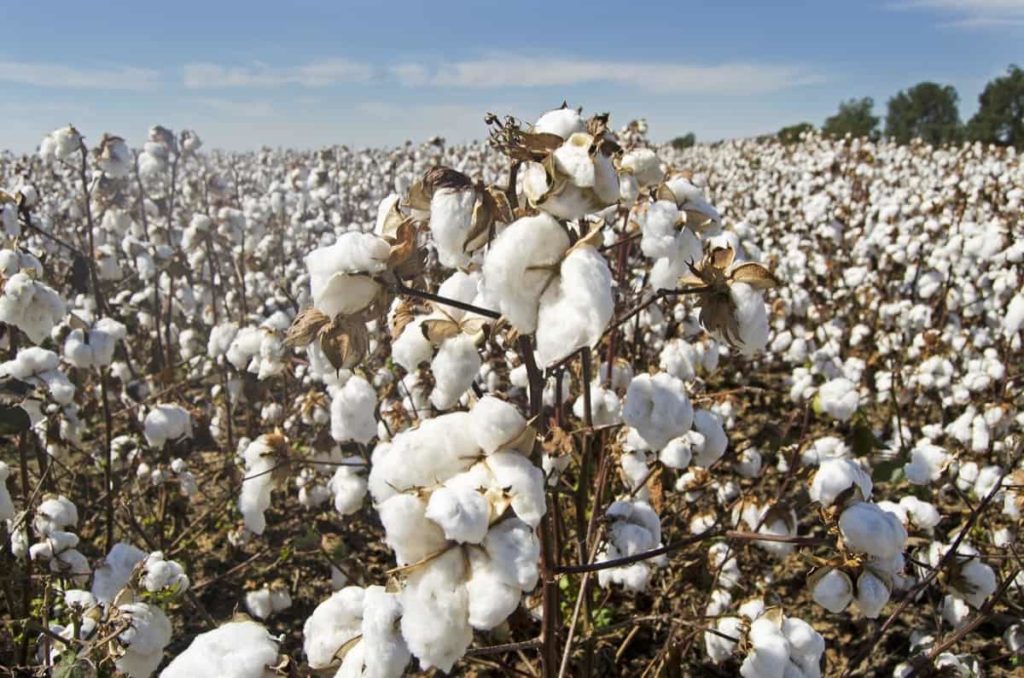
19 key rules for effective crop management
1. Key rules of effective crop management principles
Some basic crop production principles include soil preparation, sowing, fertilization and fertilization, irrigation, weeding, harvesting, and proper storage. Some of them are:
- Rejuvenation of soil fertility
- Production of different types of crops
- Controlling the spread of diseases, insects, and weeds.
These will accumulate and persist if only one crop is grown yearly; this process is known as monoculture, as mentioned earlier. The concept of high-performance agriculture is key to understanding the importance of crop production. How much you can produce on a given land is how efficient you are as a farmer. In today’s economy, getting things done efficiently is more important than ever. You want to make sure you’re maximizing your space and the land you’ve worked to cultivate. Crop yield determines not only your performance but also your bottom line.
Key requirements for improving crop productivity
- Combining practical knowledge with scientific technology
- Efficient use of natural resources
- Adopting time-specific management practices
- Prioritizing quality-based production
- Adoption of appropriate farming systems
- Adoption of location-specific technology
- Production based on market demand
- Adoption of low-cost and no-cost technology
Key rules to improve crop management
- Seed quality – Agricultural production depends on farmers sowing seeds in their fields.
- Field Productivity Zoning
- Monitoring the growth of crops
- Accurate weather forecast
- Regular scouting
- Crop protection methods
- Soil testing and its quality
Key rules for effective crop management for reducing production cost
Crop production management refers to the various practices of cultivating and harvesting crops effectively. The following methods are adopted to improve crop yield.
- Crop variety improvement
- Crop yield management
- Nutrient management
- Seed quality
Agricultural production depends on the quality of seeds farmers sow in their fields. Certified seeds may cost more than those without certification, but the results will be worth it, as good seed quality is one of the main factors affecting crop yield.
Plant early, plant effectively – Choosing the right time to plant is often the most important part of planting. The best strategy to increase yields is: If your soil is ready, start planting. You can test your soil to see if it is ready for planting. Today’s hybrid seeds make for a more sustainable yield, but knowing if your field is ready for early planting is just as important. Early planting can unexpectedly increase yields by taking advantage of favorable early soil conditions.
In case you missed it: Top 40 Ways to Increase Crop Yield/Production: For Vegetables, Fruits, Flowers, Herbs, Tips, Ideas, and Techniques
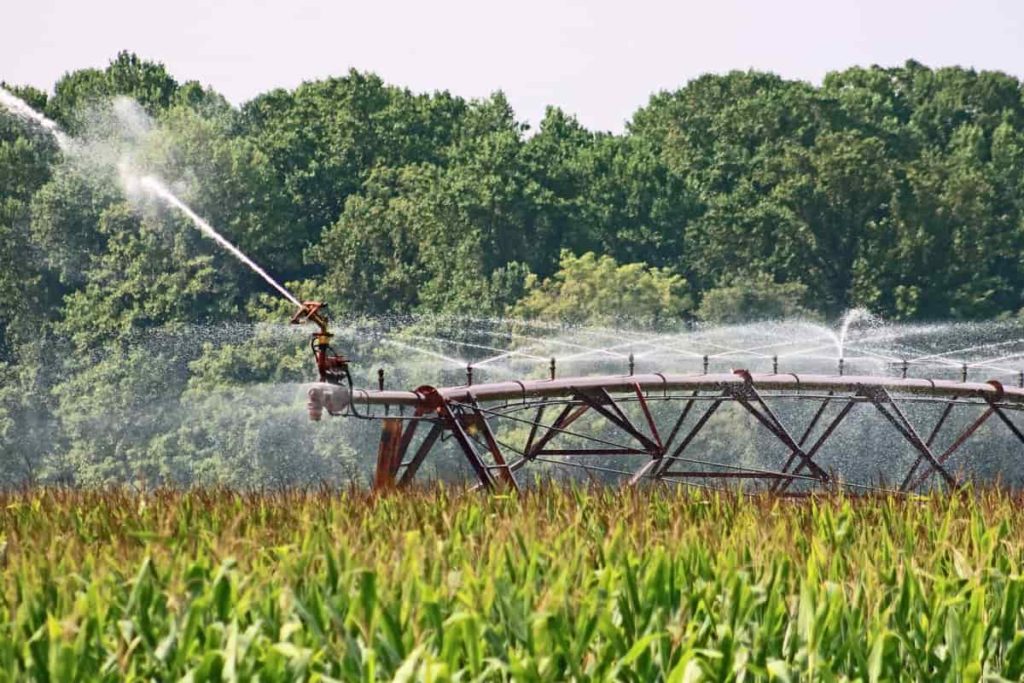
Irrigation – Water is another basic requirement for growing crops, and farmers cannot depend entirely on rains as they are not precise. Therefore, a controlled amount of water is applied to the crops at time intervals, called irrigation. Irrigation ensures an adequate supply of water to grow crops. Therefore, ensure their proper development.
Practice seasonal soil rotation – When planting from season to season, it’s important to understand how recurring planting crops can affect your overall yield. In successive years, plant cultivation has proved less efficient for maximum yield.
Know the yield potential – It’s not enough to plan your seeds and hope for the best; you should always understand the growth potential of your field. Crop producers usually have an estimate of the productivity of their seeds. Understanding this will help you manage your expectations and whether or not your production potential matches your actual production.
Important points of crop production and management
- The whole world depends on agriculture for its food. Therefore, careful preparation and storage of the harvested crop are very important.
- Soil should be loosened and aerated during crop production. In addition, fertilizers and manures need to be added carefully.
- Too much fertilizer damages the soil, while too little fertilizer depletes the crop of nutrients.
- Crops should be irrigated from time to time. In addition, unnecessary vegetation should be removed from cultivated fields. These plants absorb nutrients supplied to the crop, hindering their growth and development.
- Mature crops are harvested mechanically or manually.
- Harvesting and stored to protect it from pests and pathogens.
Effective methods can improve crop performance
- Crop improvement aims to enhance the quality of yield.
- To increase crop production.
- Adaptation of crops to adverse weather conditions.
- They are developing resistance to pests and diseases in crop plants.
- To conserve land resources.
- Breeding crops with uniform growth and maturity.
- To meet the specific needs of growers and consumers.
Tips for a successful planting season
Make a plan to reach your production target – Firstly, farmers need to develop a detailed plan to determine and reach their production target. Soil tests are very important to know productivity and fertility and where to improve. Ideally, this should be done in the fall and winter months.
Prepare your planting equipment – About 50% to 60% of your yield is determined at planting time. So make sure you have a well-prepared seed and start the field clean using chemical or tillage methods.
Treat the seed – Many farmers can benefit from using a standard low-rate treatment when they can use biologicals and amino acids. Farmers can reduce costs by treating the seed and using an effective treatment while tailoring it to their operation.
Check your equipment three times a day – Growers need to ensure they get out and check their equipment at least three times a day. Also, ensure that the row units are straight and that your opening discs are within the dealer’s specifications.
Key rules in cost reduction strategies in crop production
Seedbed preparation – Seed preparation is the first step to improving crop growth and development. The ideal bed is uniformly firm, has adequate soil moisture near the surface, and is free of competing weeds. “Good seed needs soil contact” is commonly seen on seed documentation. Se germination improves if the seeds have good contact with the soil. However, too firm a bed makes it difficult to get the seed into the ground.
The two primary seed production methods are conventional and low or no tillage. Traditional conventional tillage involves turning the entire depth of the plow and exposing large amounts of soil organic matter to oxidation. However, low or no-tillage practices can lead to soil carbon accumulation, ultimately benefiting soil health and improving crop yields in the long run.
Planting – After preparing the seed, the seed should be sown 1.5 to 2.0 inches deep to ensure adequate moisture availability for good seed germination. Seeds require optimum moisture and temperature to germinate, so always pay close attention to soil temperature and moisture requirements for proper seed germination.
In case you missed it: Top 15 Ways to Boost Okra Crop Yield: How to Increase production, Quality, Methods, and Tips
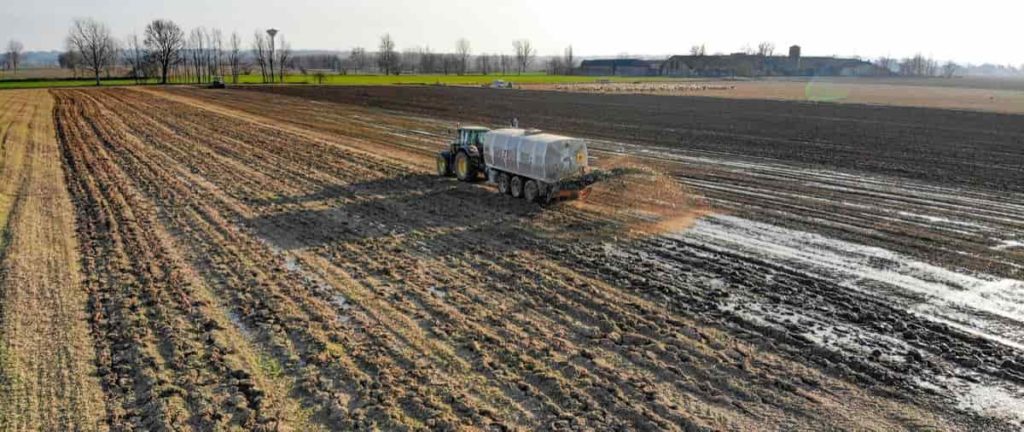
Pest management – It is an important aspect of crop management. Pesticides can be powerful tools for controlling pests in many crops if used correctly based on the specific pest species. Also, Integrated Pest Management (IPM) practices can provide growers with an economical option that is safer and beneficial to human and natural resources.
This IPM approach includes mechanical, biological, and chemical (labeled pesticides) pest control methods. It is best to incorporate some cultural practices (crop rotation, companion crops) and biological control to avoid the development of insect resistance to pesticides.
Additional practices to increase crop productivity and farm profitability
- Increase crop diversity.
- Enhancing beneficial pollinator populations.
- Use improved weed control measures to increase crop performance, quality, and yield.
- Improve soil quality by following best soil management practices.
- Add nutrients based on soil and crop needs.
- Manage input costs.
- Keep track of all profits and expenses.
- Keep good records to help manage a profitable business.
Key rules for basic practices of crop production
Plowing, Harrowing, Levelling, and Manuring are some important practices in best crop production.
Use fertilizers – Tilling your soil with compost is important in maintaining optimal soil conditions for crops on your farmland. Fertilizing corn at seeding time can help provide the seeds with essential nutrients such as potassium, phosphorus, and calcium. The root zone at the base of your crops is the most important area to facilitate growth so your corn can grow and produce impressive yields.
Test your soil – Soil testing should be early on your to-do list, as your soil and its needs will directly affect the growth of your crops. Assessing phosphorus, potassium, and fertilization levels will give your insight into managing your crops. It will also tell you when the right soil conditions are forming, such as optimal density and the right amount of nutrients, so you’re ready to plant.
Key rules for crop protection management
Crop protection management manages plant diseases, weeds, and other pests (vertebrates and invertebrates) that damage crops and forests.
Soil preparation – The agricultural land must be prepared before starting the process. So that it gives maximum benefit to crops and gives a good yield, the agricultural land is first plowed or loosened. Also, land cultivated from the previous crop contains crop residues that need to be removed. Many times, large solid lumps of soil need to be loosened. The soil needs to be well aerated to allow the roots to grow and breathe. Plowing the soil also brings up the nutrients in the soil below. Thus, the first method is to loosen the soil by plowing.
Crop variety improvement – Plant breeding helps farmers select desirable crop traits and produce new varieties. Then these varieties are supplied to the farmers. It has made it easier to feed the country’s large population. Crop varieties have been improved for the following reasons.
- Crop yield can be increased by improving crop varieties through crossbreeding and hybridization.
- Early maturing plant varieties can fit the crop into multiple types for short-duration crops.
- New species can adapt to different environmental conditions.
Key rules in methods involved in crop production
Crop management depends on water availability. For example, the optimum plant population will vary depending on the water available during the growing season. Soil preparation, sowing of seeds, irrigation, application of fertilizers, pesticides, and fertilizers to crops, protection, and harvesting of crops, storage and preservation of produced crops. The final stages of crop production are harvesting and storage. Important crop management practices include proper irrigation and plant nutrition.
Soil storage capacity determines how much moisture can be stored to meet crop season rainfall. Strategies to reduce evaporation and runoff and increase infiltration and storage capacity are essential. Crop management principles vary according to crop class. Winter crops require fall top dressing with mineral fertilizers to improve plant winter hardiness, snow retention, spring top dressing, and harrowing.
Some effective tips for growing a successful crop
Good bed preparation – If you plan to till, don’t do it when it’s very wet. If you don’t have that much time, try planting directly into it with a thick layer of compost.
Fresh seed – It’s always tempting to use old seed, but unless it’s been kept under ideal conditions, the old seed may have lost some of its germination rates, and you could not perform well.
The right variety – Wherever you are and whenever you plan to grow, look for varieties that suit your climate or at least your heat or cold. If you live in a cold climate, look for cold-hardy varieties. In hot climates or summer crops, look for ones that are slow to bolt or can handle the heat — whatever your average heat may be.
Pest protection – The biggest problem with most crops when it comes to pests doesn’t come from the soil; they fly in (or walk in, as may be the case with deer). So ensuring that sensitive crops are protected is one of the best ways to ensure crop success. Cover crops with row cover varieties are susceptible to insect damage. In some areas, it may also be necessary to provide some protection for your larger pests.
Weed management – Weeds can quickly overwhelm and outcompete crops, making them unproductive or difficult to harvest. Therefore, weed management becomes an important step in achieving a successful crop. If you address weeds early on, before they become a problem, they will always be easier to manage, leading to a more successful crop.
Nutrient management – Plants require inorganic elements for their growth and development. Certain macro and micronutrients are provided by plants depending on the amount they need. Plants in relatively large amounts require macronutrients—for example, carbon, hydrogen, oxygen, nitrogen, phosphorus, potassium, etc. Plants require micronutrients in small amounts—for example, iron, manganese, boron, zinc, copper, etc. Farmers should be aware of adequate nutrient supply to plants. Too little and too many nutrients are harmful to crops.
In case you missed it: Growing Vegetables in Clay Soil: Plants, Crops, and Amending Tips
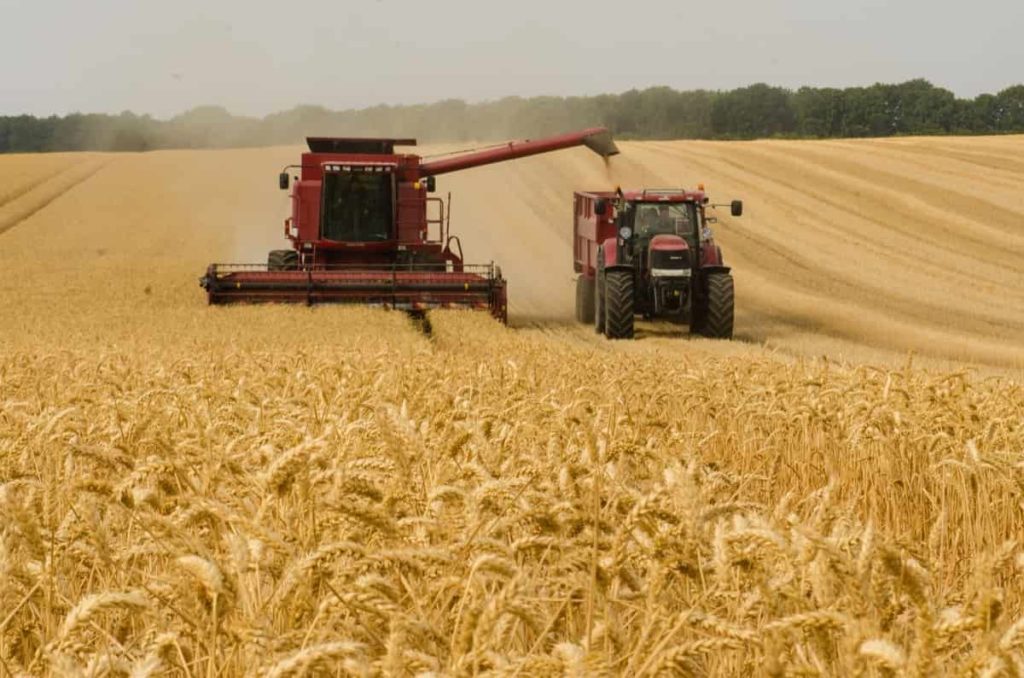
Steps for improvement of crop varieties
Crop improvement refers to the genetic modification of plants to meet human needs. In prehistory, human forebears in different parts cultivated a few hundred species out of the hundreds of thousands available. Methods used for crop improvement;
- Plant introduction
- Seed selection
- Hybridization
- Mutation breeding
- Polyploidy
Key rules to increase crop production without harming the environment
Developing pest and disease-resistant seeds through traditional breeding or genetic engineering can increase yields and reduce pesticide use. Cultivation adapted to local conditions and climate extremes, such as drought and heat, can also help farmers produce more food without degrading ecosystems.
Crop Selection – Crop selection is the most important ingredient in crop farming success. Some of the important factors in crop selection are:
- Farm location
- Land availability
- Soil type
- Climate
- How much money do you put in, and how much money do you expect to get back
- Market demand
- Water availability and quality
- Personal interests
Tips for seed selection – Seeding is very important for crop growth. A good seed must grow into a plant; otherwise, we will not be able to get the desired results, so we should choose the best and healthy seeds. Following are the characteristics of high-quality seeds.
- Increased genetic purity
- Requires higher physical purity
- Depending on varietal requirements, retention of good shape, size, and color
- Improved physicality and weight
- Increase in germination
- Better physical vitality and tolerance
Key rules for irrigation management in crop production
It requires good irrigation at regular intervals in any sustainable agricultural operation. Drip irrigation systems are a new way to start. It becomes easy to monitor as a machine can manage it. Wells, ponds, lakes, streams, and dams are examples of water sources. Over-irrigation can result in waterlogging and crop damage. Then there is the problem of controlling the frequency and the difference between irrigation later. Any farm’s drainage system determines the soil’s compatibility with daily water use.
Ways to reduce the production cost in crop management
- Running and managing an agribusiness requires planning – Farms are expensive enterprises with many coordinating parts and multiple supply chains. They are also particularly sensitive to unpredictable factors, such as bad weather and pest attacks, which can affect profitability. While you may not be able to determine crop yields, you can control processes that can go a long way in helping to reduce your costs. In addition, making the most of existing technologies improves processes and can help you save money.
- Keep records of everything – Ask any business owner, and they will tell you that keeping your books in good order is fundamental to the success of any enterprise. Recording all costs, such as the purchase of inputs, equipment maintenance, farm rents, administrative costs, etc., including relevant information such as dates, suppliers, raw material costs, and consulting fees, allows you to identify large expenses quickly. Then, when it comes to cost cutting, you’ll need to evaluate those big expenses to decide what you can do without and what you need to keep.
- Add agricultural automation – As all industries innovate, agriculture has to automate to provide a high level of professionalism. Digitizing agriculture through remote sensors, satellites, and UAVs automates processes for better precision. These systems monitor plant health, soil conditions, temperature, humidity, etc., and generate data that can help farmers better understand soil conditions to adapt to agricultural needs. Be able to plan more effectively. Sensors in irrigation lines and soil can detect leaks or adjust water cycles to reduce waste and costs.
- Ensure better pest management – If you want to reduce costs, you need to evaluate your farm’s chemical requirements. Because farmers often spend a lot on chemicals, pesticides, and herbicides, it’s important to analyze and research common chemical alternatives, review guarantees/warranties when purchasing, and be wary of false promotions. Looks great because they can be finished. You’re getting a good deal, and don’t be fooled into thinking the more expensive course of action is the best.
- Invest in automation technology – Ask any farmer about their most significant asset, and most will respond with the single word “labor.” Paying people to care for the land is expensive; if agribusinesses can find ways to reduce the labor they need, they can reduce costs overall. Currently, many companies offer a range of agricultural products to those in the sector: everything from automated combine harvesters to soil moisture sensors. In the future, new technologies will emerge that will allow farmers to spend less time in the field and more time creating value digitally.
In case you missed it: Organic Farming in USA: Crops, How to Start, A Step-By-Step Guide for Beginners
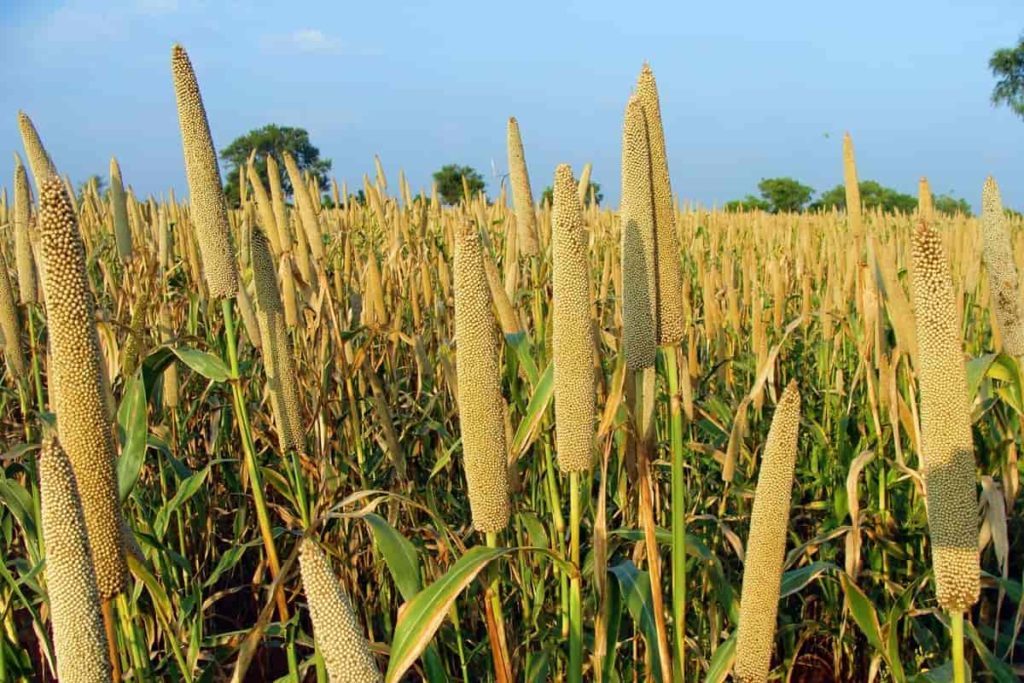
Additional ways to reduce seed and chemical costs in crop management
Order early: Ordering these products early and communicating with suppliers in advance can help secure a good price amid market fluctuations. Consider
Generic products: Generic products can be good alternatives that help you save on unnecessary expenses.
Implement integrated pest management techniques: Using these methods to manage pests is an excellent way to limit fertilizer costs.
Prioritize repair of machinery and equipment: While new farm equipment has the potential to bring benefits, it may not be cost-effective for your operation. In addition, supply chain issues have made securing new farm equipment even more difficult. For example, a shortage of semiconductors has put pressure on device makers.
Before purchasing new equipment, there are various factors to consider that indicate whether purchasing new equipment is cost-effective or not. Postponing machinery upgrades now and fixing existing equipment in anticipation of lower prices in the future may be more beneficial to your balance sheet.
Key rules in crop protection methods that increase farm productivity
Crop protection helps keep plants healthy and maintain sustainable yields. The choice of plant protection strategy depends on the type of crops grown and the risk. It could be diseases, insects, or weeds. At the same time, measures should be timely and, wherever possible, preventive. Modern crop protection compounds make extensive use of digital solutions.
Crop protection combines strategies, tools, and products that protect against various pests. These include diseases, viruses, weeds, and insects. All of these can significantly reduce or kill plants. The process is constantly evolving, providing precise mechanisms for preserving plant health. The main benefits of crop protection for farmers are:
- Increased productivity of small areas;
- More production and consequently more food;
- Protecting the environment;
- Protecting stored products.
Thus, conserving agricultural plants creates all the necessary conditions for a successful and sustainable agribusiness. Plants are extraordinarily vulnerable: insects, rodents, disease, and air pollution can damage them and cost farmers their crops. The diversity of threats forces farmers to use different strategies.
In case you missed it: District Wise Crop Production in Andhra Pradesh: Major Crops in Andra Pradesh
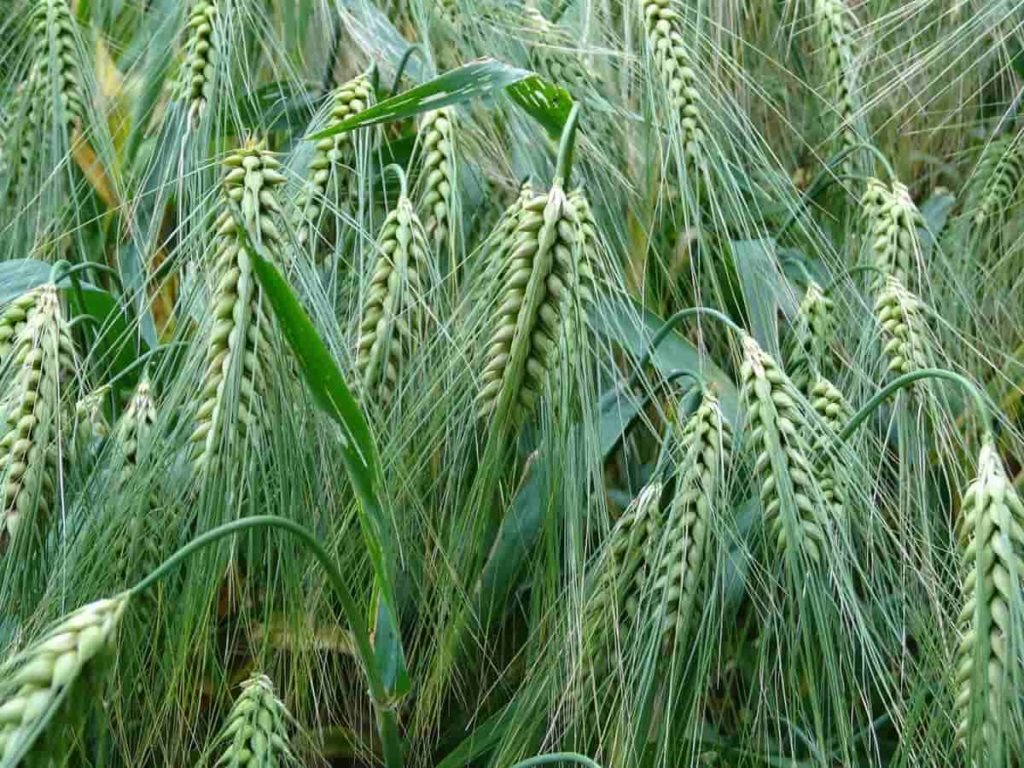
Crop protection techniques include tillage, crop rotation, organic and synthetic pesticides, field monitoring, etc. Crop protection against weeds includes preventive and control measures. The first includes quarantine and special conditions for seed treatment and storage. The latter includes crop rotation, herbicides, tillage, production of competitive fodder cultures, etc.
Conclusion
Considering the recommended crop management practices can lead to higher yields and a better marketable product. Adopting continuous cropping and soil management systems in the field will lead to more flexible crop production systems and more sustainable crop production. Managing and reducing input costs is critical to crop profitability. These are key rules for effective crop management.
- Types of Pesticides Used in Agriculture: A Beginner’s Guide
- Economical Aquaculture: A Guide to Low-Budget Fish Farming
- 15 Common Planting Errors That Can Doom Your Fruit Trees
- How to Make Houseplants Bushy: Effective Tips and Ideas
- Innovative Strategies for Boosting Coconut Pollination and Yield
- Pollination Strategies for Maximum Pumpkin Yield
- The Complete Guide to Chicken Fattening: Strategies for Maximum Growth
- Natural Solutions for Tulip Problems: 100% Effective Remedies for Leaf and Bulb-Related Issues
- Revolutionizing Citrus Preservation: Towards a Healthier, Greener Future
- Natural Solutions for Peony Leaf and Flower Problems: 100% Effective Remedies
- Maximizing Profits with Avocado Contract Farming in India: A Comprehensive Guide
- Natural Solutions for Hydrangea Problems: 100% Effective Remedies for Leaf and Flowers
- The Ultimate Guide to Choosing the Perfect Foliage Friend: Bringing Life Indoors
- From Sunlight to Sustainability: 15 Ways to Use Solar Technology in Agriculture
- The Ultimate Guide to Dong Tao Chicken: Exploring from History to Raising
- The Eco-Friendly Makeover: How to Convert Your Unused Swimming Pool into a Fish Pond
- Mastering the Art of Delaware Chicken Farming: Essentials for Healthy Backyard Flocks
- 20 Best Homemade Fertilizers for Money Plant: DIY Recipes and Application Methods
- How to Craft a Comprehensive Free-Range Chicken Farming Business Plan
- Brighten Your Flock: Raising Easter Egger Chickens for Beauty and Bounty
- How to Optimize Your Poultry Egg Farm Business Plan with These Strategies
- Subsidy for Spirulina Cultivation: How Indian Government Schemes Encouraging Spirulina Farmers
- Ultimate Guide to Raising Dominique Chickens: Breeding, Feeding, Egg-Production, and Care
- Mastering the Art of Raising Jersey Giant Chickens: Care, Feeding, and More
- Ultimate Guide to Raising Legbar Chickens: Breeding, Farming Practices, Diet, Egg-Production
- How to Raise Welsummer Chickens: A Comprehensive Guide for Beginners
- How to Protect Indoor Plants in Winter: A Comprehensive Guide
- Ultimate Guide to Grow Bag Gardening: Tips, Tricks, and Planting Ideas for Urban Gardeners
- Guide to Lotus Cultivation: How to Propagate, Plant, Grow, Care, Cost, and Profit
- Agriculture Drone Subsidy Scheme: Government Kisan Subsidy, License, and How to Apply Online
- Ultimate Guide to Raising Araucana Chickens: Breed Profile, Farming Economics, Diet, and Care
- Bringing Hydroponics to Classroom: Importance, Benefits of Learning for School Students
- Ultimate Guide to Raising Polish Chickens: Breed Profile, Farming Economics, Diet, and Care
- Ultimate Guide to Raising Australorp Chickens: Profile, Farming Economics, Egg Production, Diet, and Care
- Silkie Chicken Farming: Raising Practices, Varieties, Egg Production, Diet, and Care
- Sussex Chicken Farming: Raising Practices, Varieties, Egg Production, Diet and Care